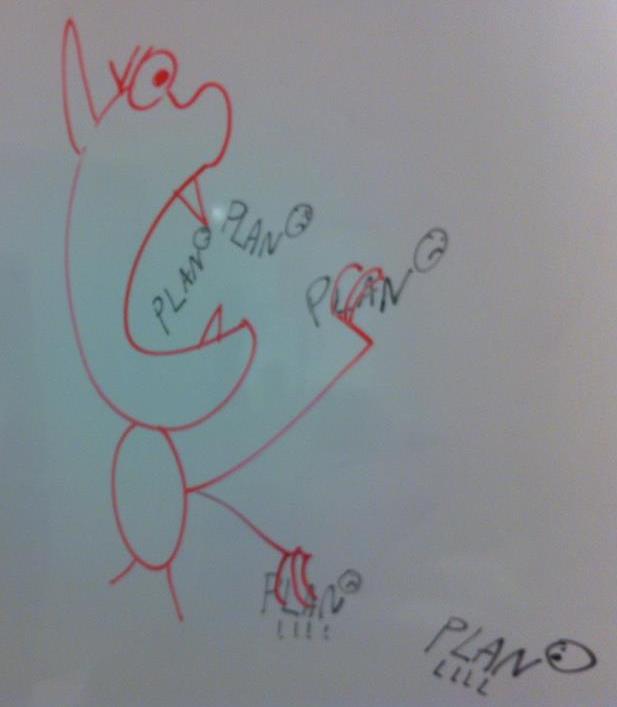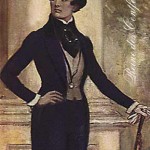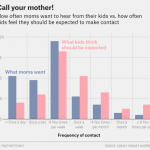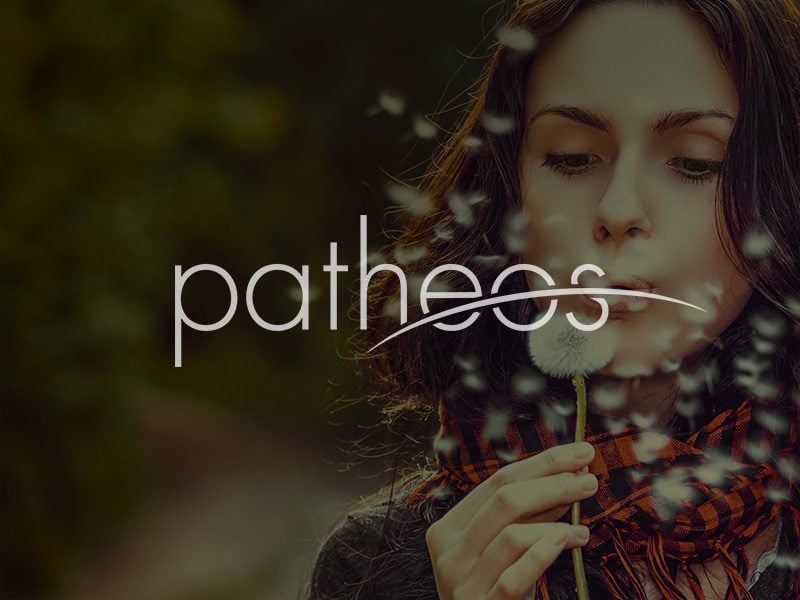It’s March! That month when people care particularly intensely about sports I am indifferent to, but make brackets about all kinds of things that do catch my fancy. Like this Shakespeare Showdown bracket, which has prompted a number of fights about the rankings to the point where we might soon to say “Oh, what a falling off was there!”
Passover starts this week, and the Maccabeats have a delightful new song which is also a Les Mis medley. Too bad it’s still about a week before I’m allowed to say Alleluia again, because the vid merits it.
Also in the genre of totally delightful, Jesse Galef of Measure of Doubt put together bookshelves themed by the four Hogwarts Houses.
In the Harry Potter world, Ravenclaws are known for being the smart ones. That’s their thing. In fact, that was really all they were known for. In the books, each house could be boiled down to one or two words: Gryffindors are brave, Ravenclaws are smart, Slytherins are evil and/or racist, and Hufflepuffs are pathetic loyal. (Giving rise to this hilarious Second City mockery.)
But while reading Harry Potter and the Methods of Rationality, I realized that there’s actually quite a lot of potential for interesting reading in each house. Ravenclaws would be interested in philosophy of mind, cognitive science, and mathematics; Gryffindors in combat, ethics, and democracy; Slytherins in persuasion, rhetoric, and political machination; and Hufflepuffs in productivity, happiness, and the game theory of cooperation.
Over at Less Wrong, people (me included) suggested additions to Jesse’s lists. Also, I had fun checking what percentage of each shelf I’d read. Turns out it’s: 34% Ravenclaw. 34% Gryffindor, 24% Slytherin, 21% Hufflepuff. (Directed Studies was the cause of a good chuck of my Gryffindor points).
Many of you have probably seen the xkcd about applied vs theoretical fields of study, but believe you me, you want to click through to see Abstruse Goose’s take on the question.
Want some awesome applied work to read about? One of my college debate friends has coauthored a polisci paper that has Ezra Klein swooning.
Last year, a group of political scientists took a random sample of state legislators and asked them a slew of questions, most of which boiled down to: “What do your constituents think about policy?” Do they support gay marriage? Do they support Obamacare? Do they support action to combat global warming?
Broockman and Skovron find that legislators consistently believe their constituents are more conservative than they actually are. This includes Republicans and Democrats, liberals and conservatives. But conservative legislators generally overestimate the conservatism of their constituents by 20 points. “This difference is so large that nearly half of conservative politicians appear to believe that they represent a district that is more conservative on these issues than is the most conservative district in the entire country,” Broockman and Skovron write. This finding held up across a range of issues.
Is it just that legislators don’t talk to their constituents? Nope. Broockman and Skovron tried and failed to find any relationship between the amount of time legislators spend in their districts, going to community events, and so forth, and the accuracy of their reads on their districts.
The charts for Broockman’s paper are at the link above, and are well designed. But many are the foes of good data visualization, and Junk Charts has a great explanation of why bubble charts are pernicious.
Finally, I haven’t talked about my job very much, but, to give you a more vivid picture, here’s an illustration I drew while teaching yesterday:
For more Quick Takes, visit Conversion Diary!


















